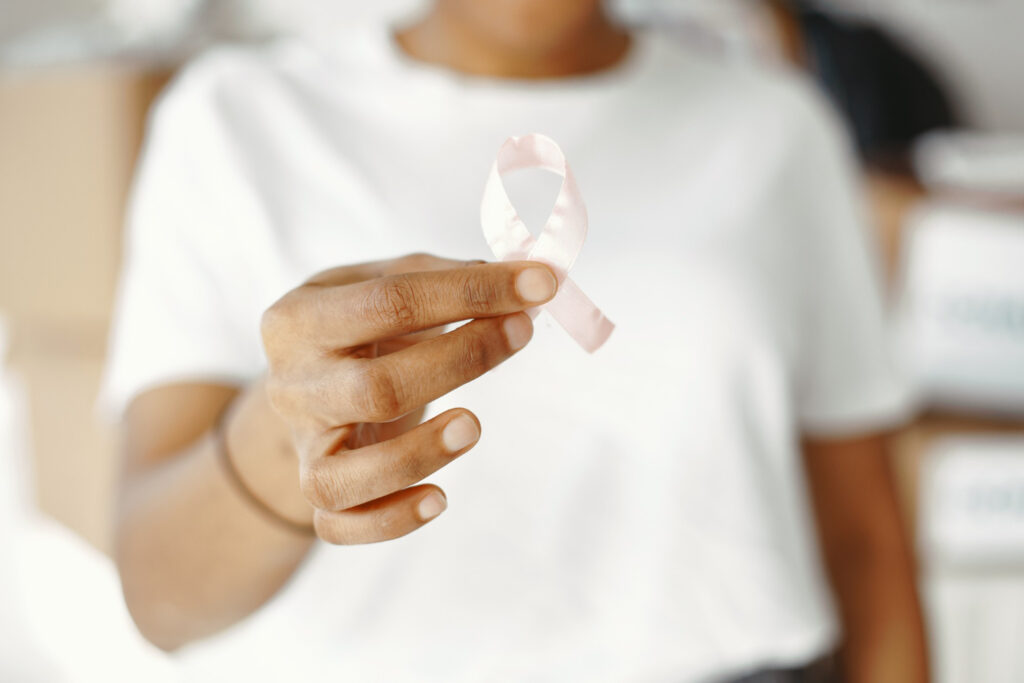5 early signs of the most common cancers
The early signs of cancers are often nonspecific, and most people don’t present with obvious symptoms until it has progressed to later stages, making early diagnosis difficult.
The earliest stage of cancer is referred to as stage 1 and presents with a smaller tumor that has not yet grown deeply into nearby tissues or the lymph nodes. Stage 2 refers to tumors that have become larger and cancer has grown more deeply into nearby tissues. When cancer spreads to the lymph nodes, it is categorized as stage 3. Stage 4, also known as metastatic or advanced cancer, defines cancer that has spread to other organs.
Although many cancers share commonalities, they each have distinct features and pathways. Knowing your risk factors for cancer can help you spot the early signs and symptoms.
Breast Cancer
Breast cancer is a disease in which the cells of the breast grow out of control. It is the second most common type of cancer among women, only behind some types of skin cancers.
Early diagnosis of breast cancer is often made through regular breast cancer screening, which often includes a mammogram, breast MRI, and clinical breast exam. Women are also encouraged to perform breast self-exams and report any lumps, pain, and changes to their healthcare provider.
The early signs of breast cancer can include:
- Swelling of all or part of a breast (even if no lump is felt)
- Skin dimpling (sometimes looking like an orange peel)
- Breast or nipple pain
- Nipple retraction (turning inward)
- Nipple or breast skin that is red, dry, flaking, or thickened
- Nipple discharge (other than breast milk)
- Swollen lymph nodes
Lung Cancer
Lung cancer is the leading cause of cancer deaths globally. Over 50% of people with lung cancer are not diagnosed until the cancer has metastasized, making the survival rate low at 20.5%.
Many people often ignore typical symptoms of lung cancer because they can seem like repercussions from smoking or signs of a lung infection.
Early symptoms of lung cancer include:
- A chronic cough that lasts for at least eight weeks
- Frequent and recurring respiratory infections such as bronchitis and pneumonia
- Coughing up blood or bloody mucus, even in small amounts
- Difficulty breathing and shortness of breath
- A hoarse or raspy voice
- Pain in the chest
Prostate Cancer
Prostate cancer affected an estimated 191,930 people in 2020. These cases make up 10.6% of all new cancer cases. Roughly 76% of all cases are diagnosed in the early or localized stage. This can be attributed to proper and effective screening for prostate cancer.
Early warning signs of prostate cancer include:
- Pain or burning during urination or ejaculation
- Frequent urination, particularly at night
- Having a hard time stopping or starting urination
- Sudden onset of erectile dysfunction
- Blood in either the semen or urine
Colorectal Cancer
Colorectal cancer is more likely to occur in people over the age of 50. There were roughly 147,950 new cases of colorectal cancer in 2020, accounting for 9.2% of all new cancers. Early detection generally occurs at a rate of 38%, with the majority of colorectal cancers being diagnosed after cancer has spread to the lymph nodes.
Early signs of colorectal cancer include:
- Changes in bowel habits, such as diarrhea, constipation, or stool narrowing that lasts more than a few days
- Feeling like you need to have a bowel movement and finding no relief from the feeling afterward
- Bright red rectal bleeding or blood in the stool
- Abdominal pain or cramping
- Weakness and fatigue
- Unintended weight loss
Melanoma
Melanoma makes up roughly 1% of all skin cancers but is the cause of the majority of skin cancer deaths. In 2020, there were 100,350 new cases of melanoma, making up 5.6% of all new cancers. The majority of melanoma cases, roughly 83%, are diagnosed in the early stages.
Early symptoms to watch out for include:
- A new spot on the skin or a spot that is changing in size, shape, or color, according to the ABCDE rule
- A sore that doesn’t heal
- Spread of pigment from the border of a spot into the surrounding skin
- Redness or a new swelling beyond the border of the mole
- Change in sensation, such as itchiness, tenderness, or pain
- Change in the surface of a mole, like scaliness, oozing, bleeding, or the appearance of a lump or bump
If you are experiencing strange symptoms, speak with a cancer expert via our health concierge channel today. Let us help you get on the path to wellness.

